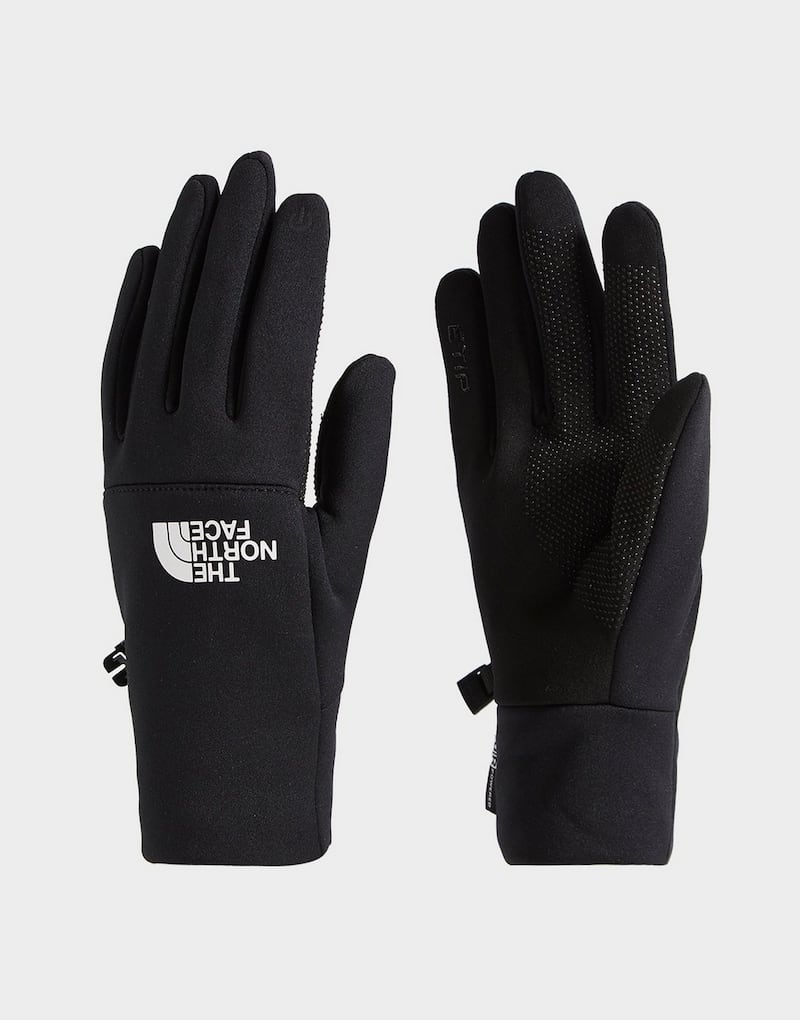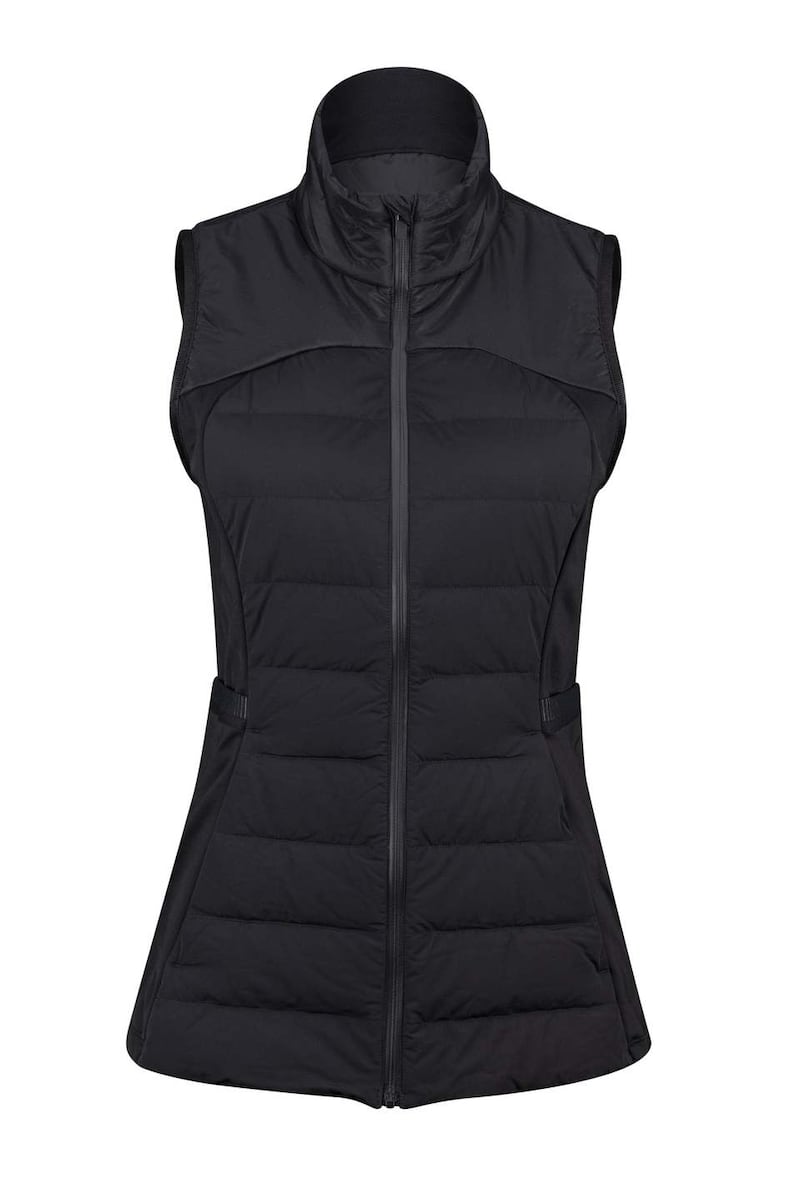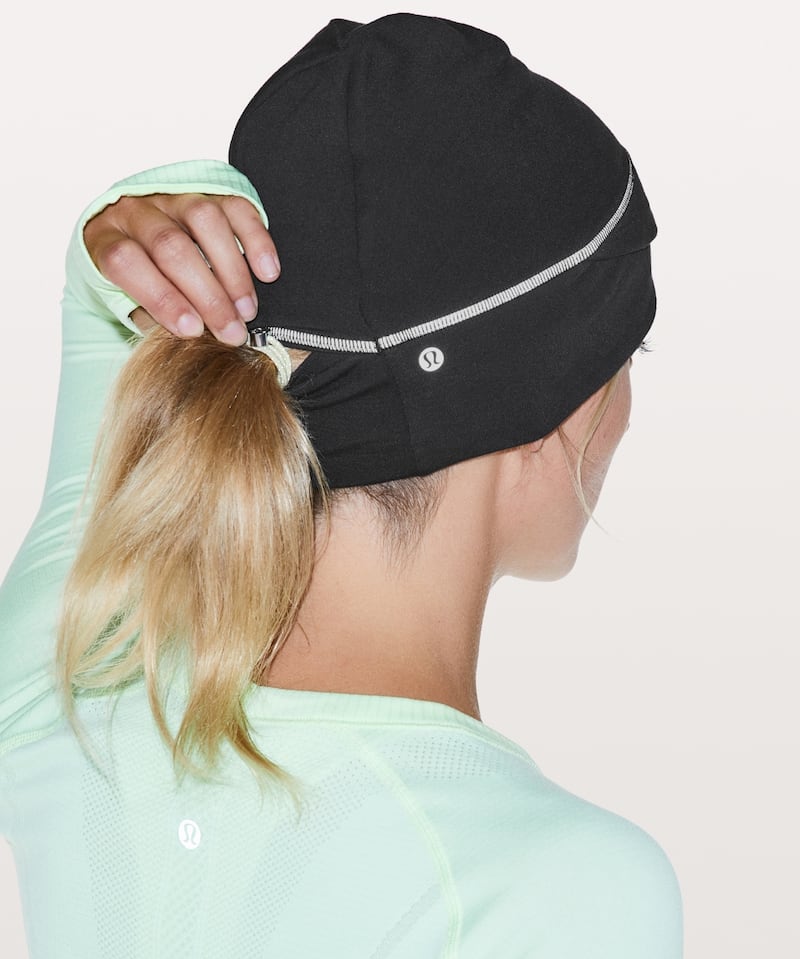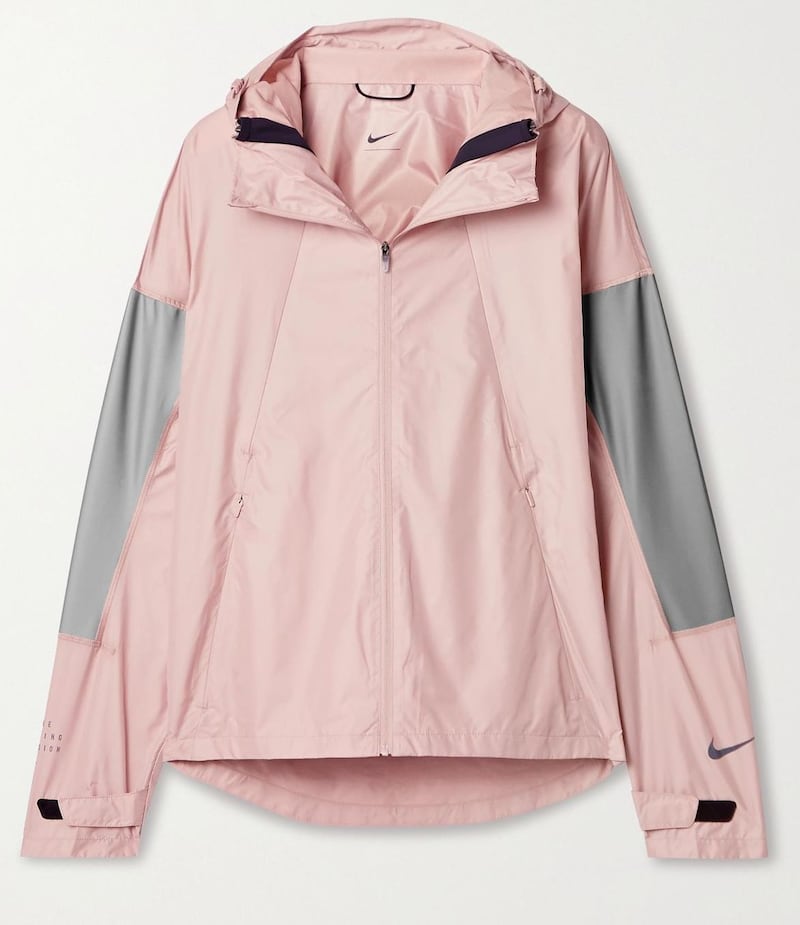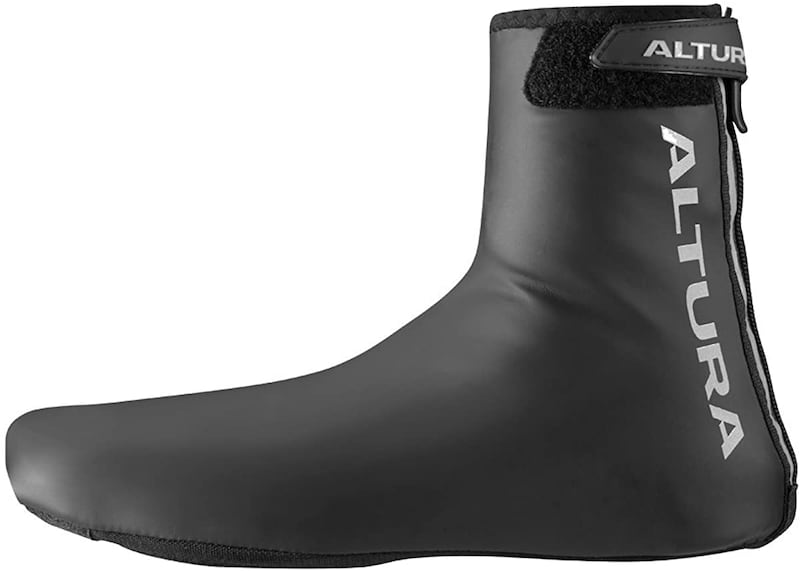For many of us, our homes have not only become our offices over the past year, but the gym too, thanks to restrictions and logistical hurdles bestowed by Covid-19.

If the novelty of live online workouts, Zoom classes, and gym equipment cluttering up your sitting room has waned, it might be time to take it outdoors. Dark January mornings and dropping temperatures mean you may prefer to cosy up and hibernate but hauling yourself out of bed for some cold-weather exercise comes with a range of benefits that you can’t replicate in the gym or with a living-room workout. Studies show a whole host of health rewards, which include increasing your metabolism and fat-burning ability, boosting your immune system, improving your mood, and warding off those January blues.
But just as you would adapt your workout clothing for summer sweat sessions in the heat and humidity, you need be prepared for deep chill exercising with the right layers for the intended level of activity. Protecting yourself against the elements and dressing correctly, means you’ll be comfortable, warm and energised, and you won’t skip out on a chilly workout session early, or all together. Whether you are hiking, walking, cycling, or running, there are a few things to consider to winter up your workout gear.
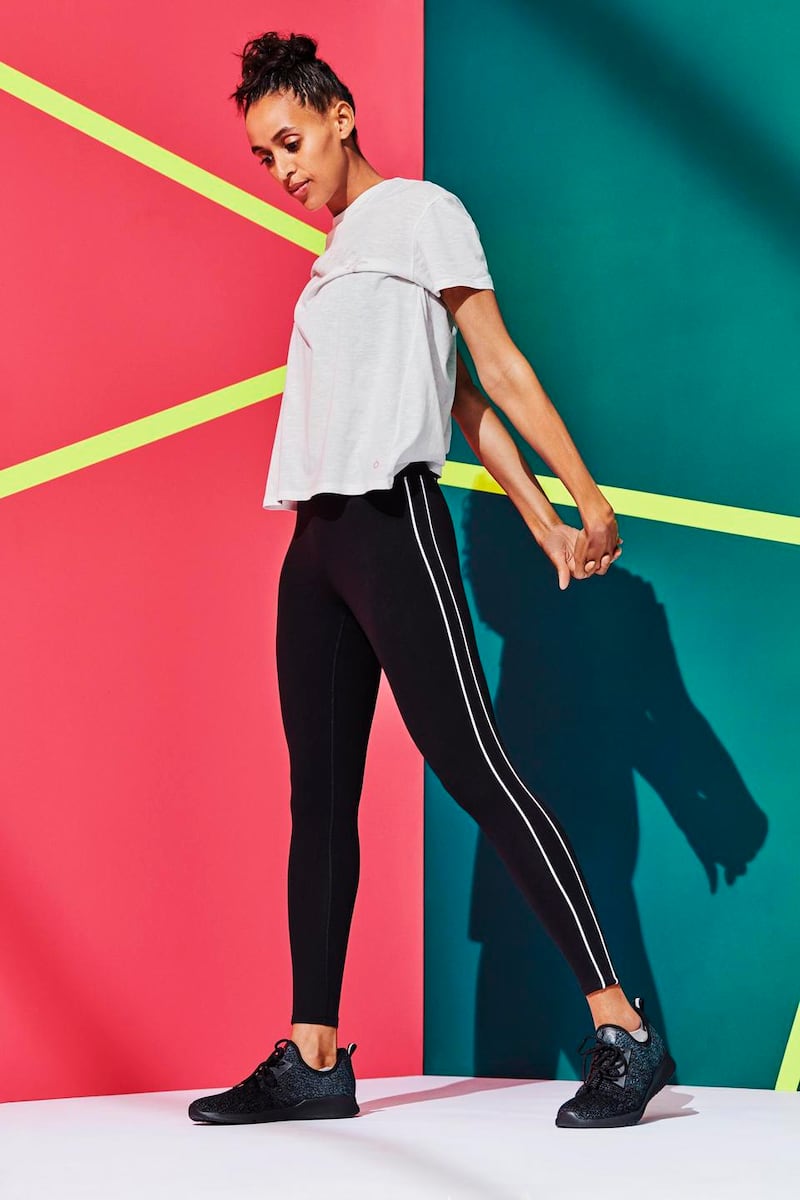
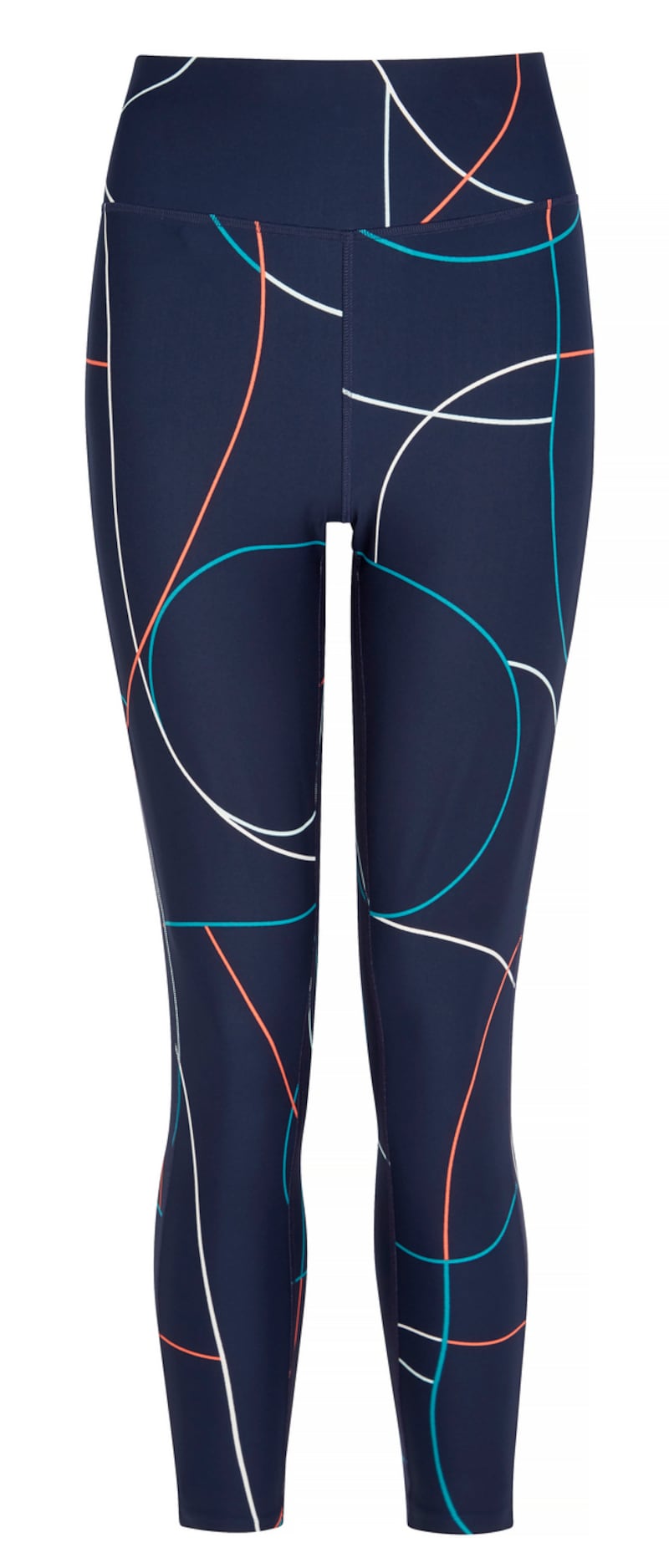
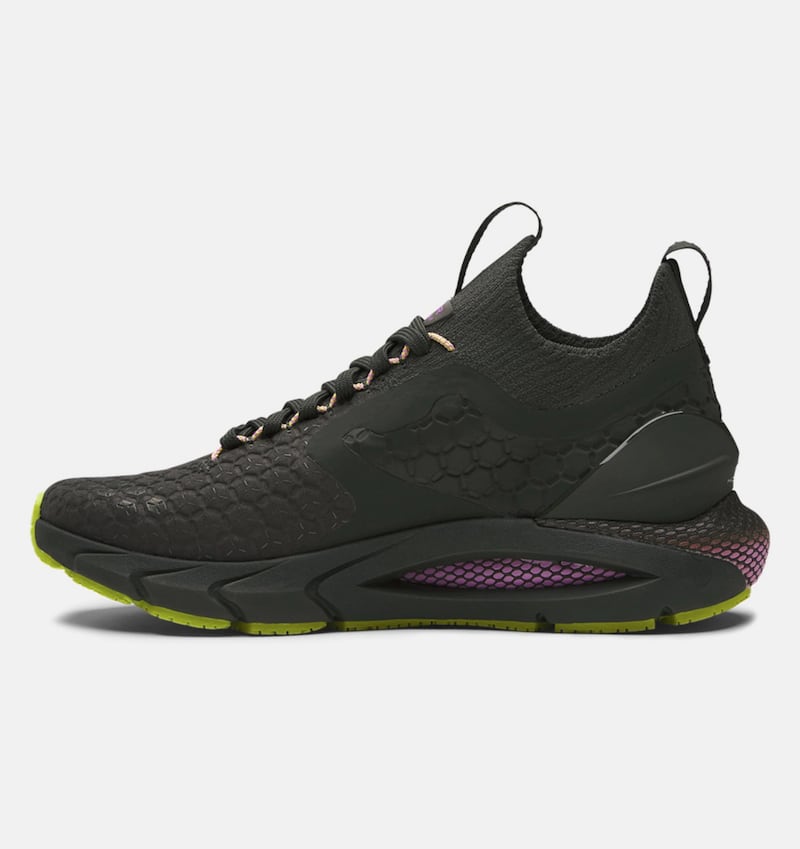
Choose the right fabric
Firstly, fabric choice is integral. Opt for sweat-wicking fabrics that will retain heat, and move away moisture from the skin. It is, of course, significant all year round, but more so in winter, as sticky, wet clothing in cold temperatures can dramatically reduce the body's temperature. Avoid cotton, which isn’t moisture-repelling.
Fiona Peelo, a personal trainer with Metabolic Fitness, agrees. "Cotton soaks up sweat and holds in moisture. I prefer merino wool which is expensive but something you will have for years." Alternatively, look out for pieces crafted in Thermax, Thinsulate, polyester, nylon and polypropylene.
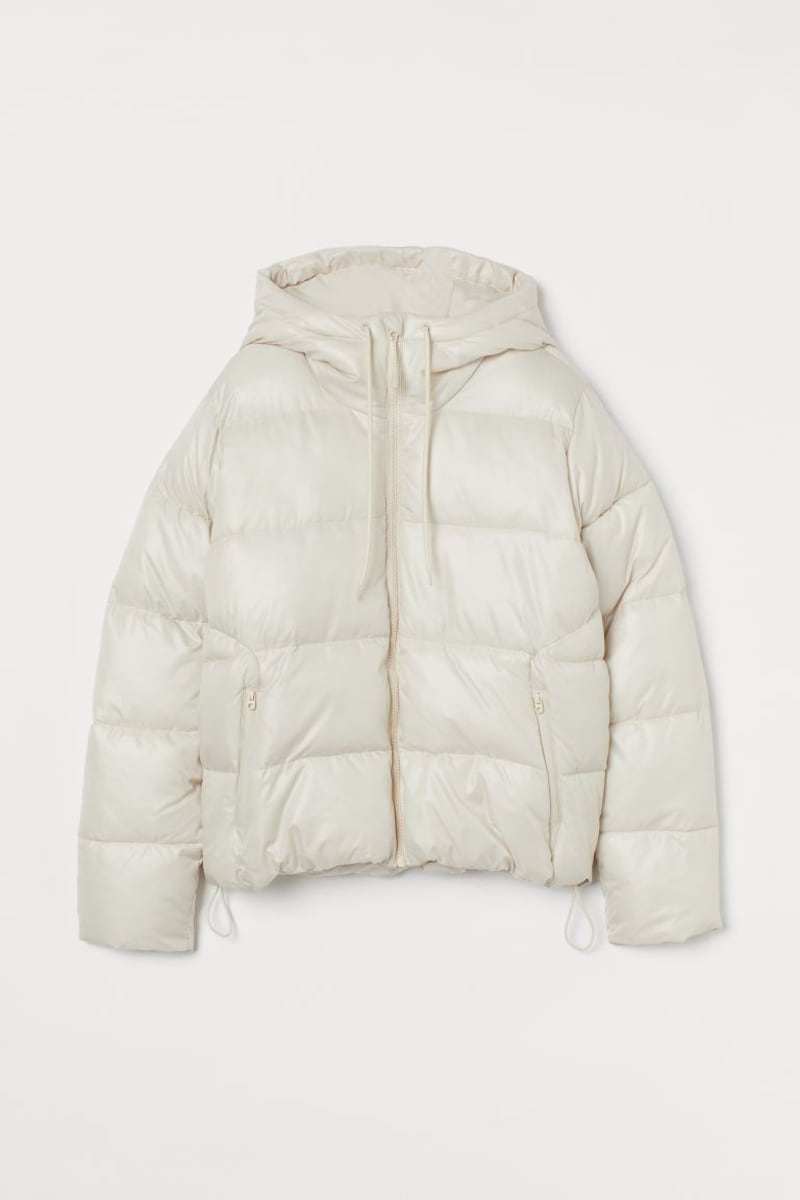
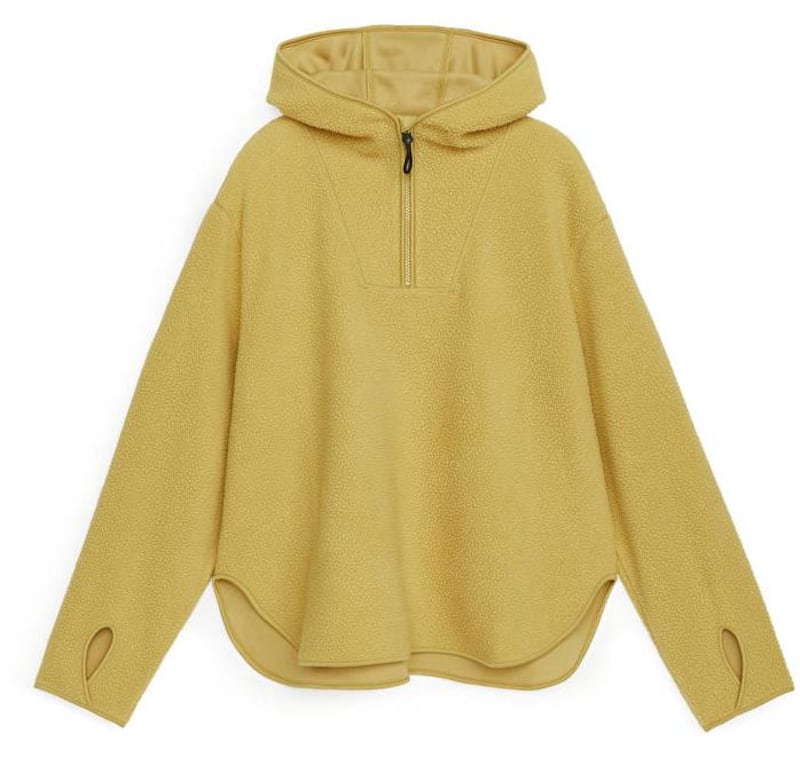
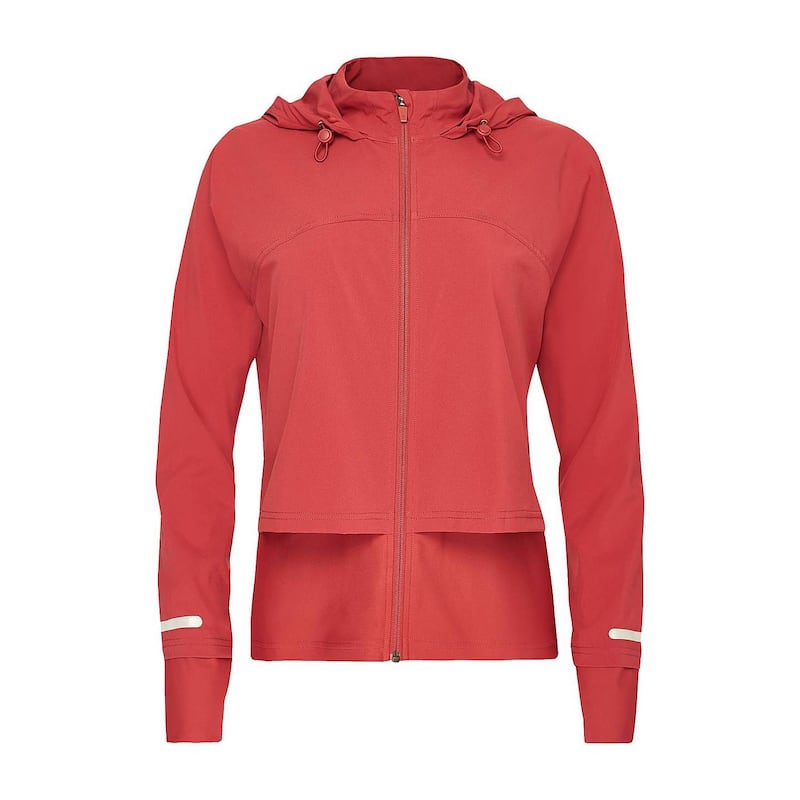
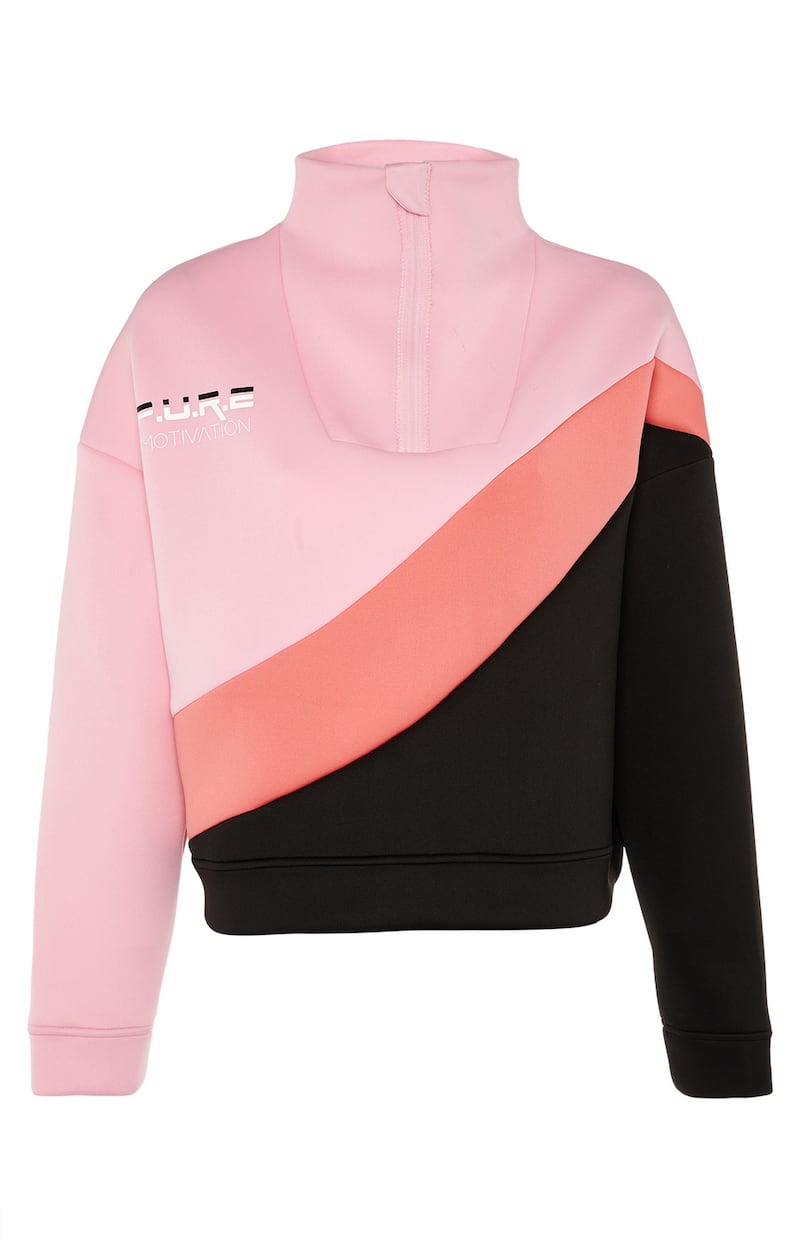
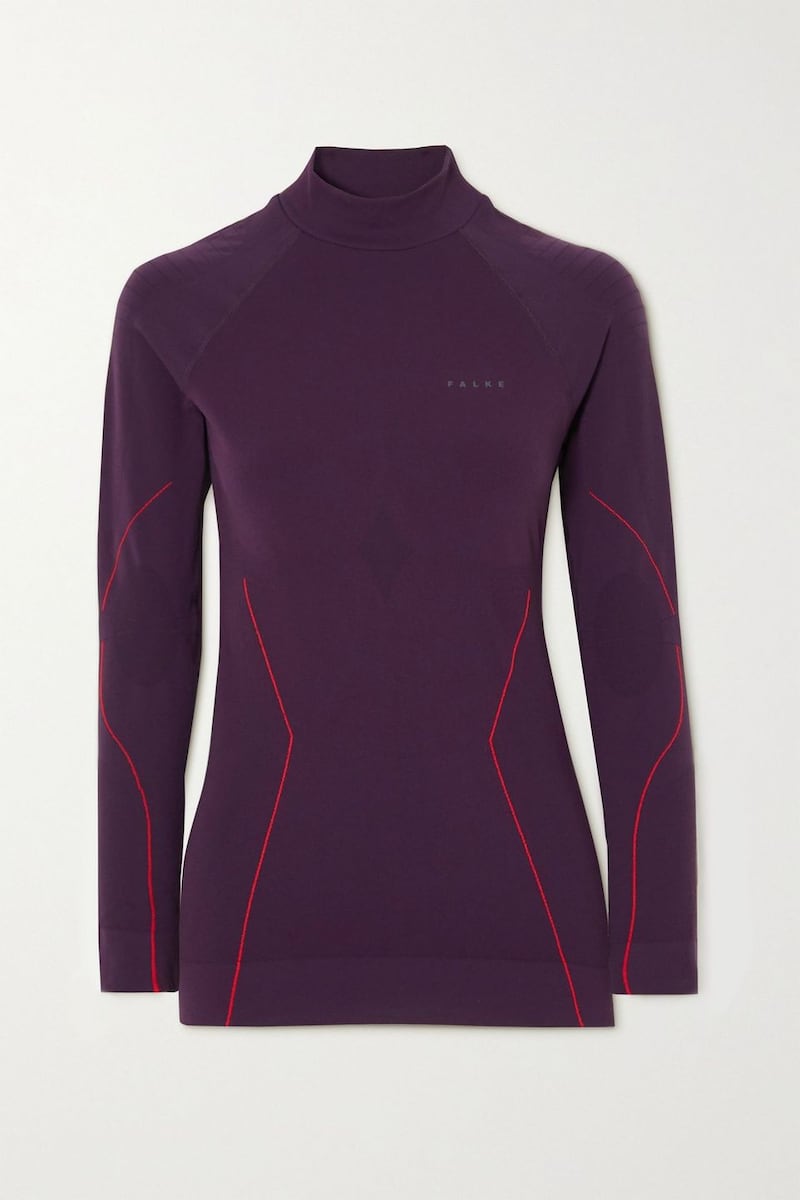
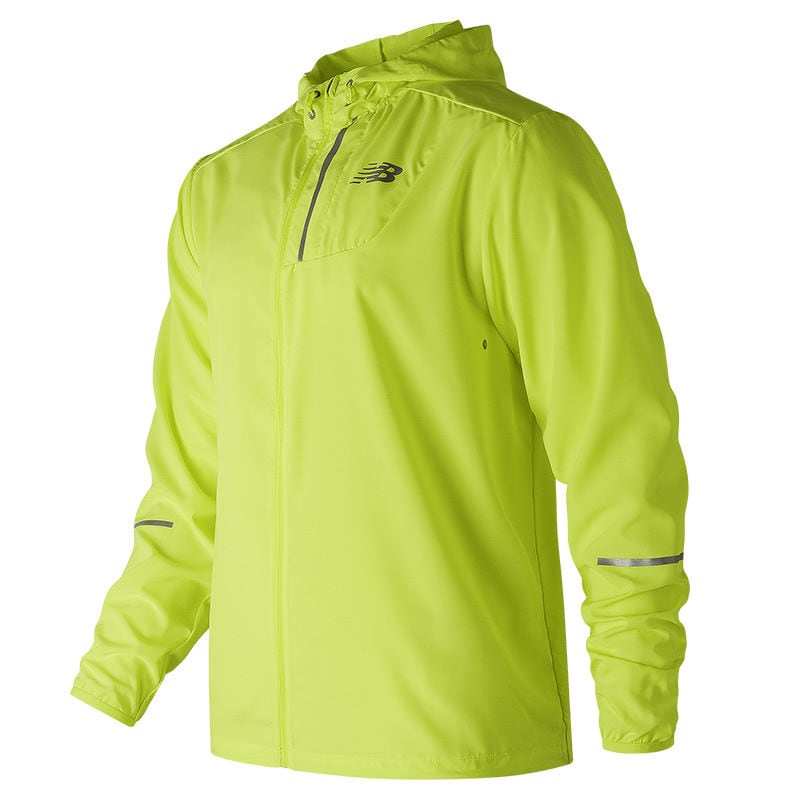
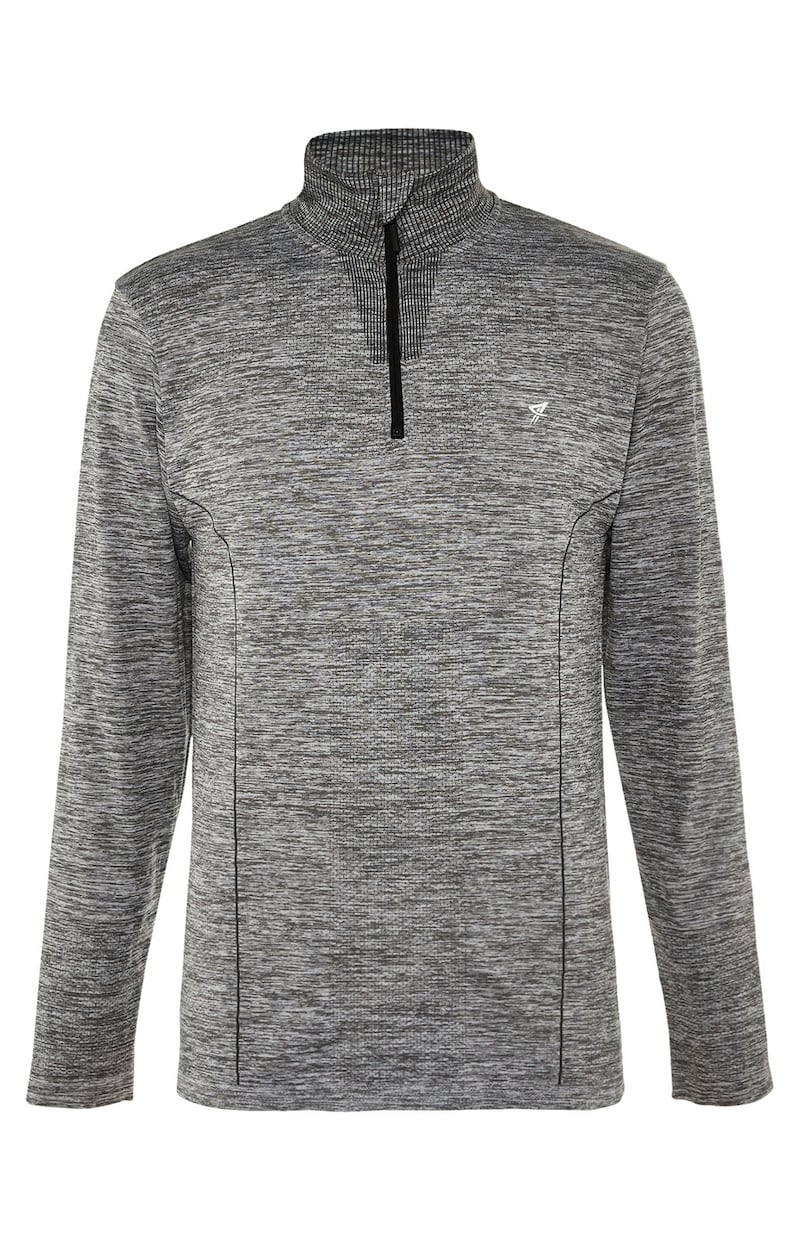
Learn how to layer
The key to winter workouts is combining lots of light layers that can be peeled off when you start to overheat. "The most important thing when training outdoors is staying warm. This does not necessarily mean wear loads of layers, just the right layers," says James Murphy, personal trainer of Beatbox Boxing Club.
The intensity of the exercise you are partaking in will also dictate the number of layers you'll need. For instance, if you're doing for a more high-intensity exercise session like a run or cycle, your body temperature will spike more than say a brisk walk or low-impact workout, so that you will need more layers for the latter. A base layer, like a long-sleeved top, is an excellent reliable winter workout staple that will add a non-bulky blanket of warmth. "A base layer allows you to retain heat, absorbs sweat and is super comfortable," says Murphy. Wear it under a hoodie, fleece, or jacket, or on its own if you miscalculated the temperature.
Head, fingers and toes
Equally as essential as your base layer is your outerwear, and when it comes to jackets, there's more than just warmth to consider. Waterproof, breathable, and with fewer hours of light in winter, you'll need a light layer that keeps you safe and seen. Opt for a reflective, high-vis style that ticks all the boxes.
Bring in flashes of illumination with your accessories, too - most fitness beanies, gloves, and trainers have reflective properties that will add another level of safety and warmth.
Protecting your fingers, head and toes from the cold is non-negotiable when exercising outdoors. Your core retains the majority of body heat, leaving the likes of your head, feet and hands at risk. "Keeping extremities like ears and hands covered is important, you can always take accessories and put them in a pocket if you get warm," says Peelo. Invest in exercise staples such as gloves, and hats, but also glove liners, insoles, headbands, cycling shoe covers, and neck warmers that will help mitigate the winter chill.
